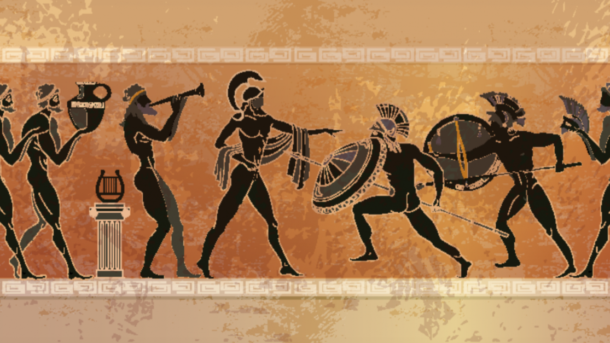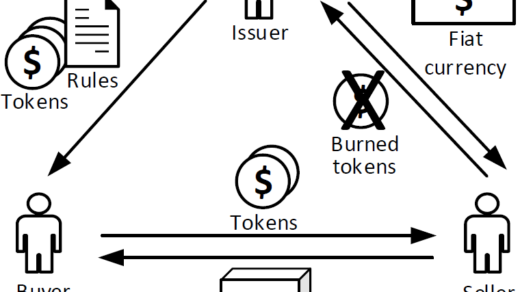In my past two articles, I talked about centralization and its re-emergence in the blockchain world. It manifests mainly in the pursuit of scalable solutions, one key requirement for mass adoption. However, future blockchains are undergoing numerous technological iterations that will enable fast throughput, without sacrificing decentralization or security.
These improvements can be grouped into Layer 1 (base layer optimizations ) and Layer 2 (protocols and other improvements built on top of L1 ).
Layer 1 Solutions
Migration from Proof of Work (PoW) to Proof of Stake (PoS)
PoW is the consensus mechanism currently used on the Bitcoin network. Although it is secure, it is quite slow, therefore unsustainable for mass usage. For this reason, many networks have migrated to a PoS protocol, Ethereum included. Instead of requiring miners to solve cryptographic puzzles in order to validate transactions, PoS requires miners to compete for validation based on the number of resources they stake. The new mechanism thus ensures high functionality, while maintaining security and decentralization.
Sharding
Sharding involves the breakdown of transaction information into smaller subsets known as shards (Yes, just imagine glass breaking into millions of tiny shards). The shards are then processed in parallel, allowing for the addition of numerous blocks simultaneously. This increases the throughput of a network, ensuring more transactions per second. It also allows for information to be held in smaller versions across various nodes, rather than taking up space when storing transactional information from way back in the genesis block.
Layer 2 Solutions
- Nested Blockchains
This is a distributed network that has a main chain that distributes information to secondary layers for quicker transaction settlement. The creation of a layered network helps ease congestion on the main chain. An example is the OmiseGo Network built on top of Ethereum.
- State Channels
A state channel facilitates the communication of information between a network and an adjacent off-chain channel, through a smart contract call, or a multi-signature key. Miners need not verify the information up front, as it is sealed off, to later be uploaded on the main chain. This helps in computing transactions without necessarily depleting mining resources. An example is the Lightning Network on the Bitcoin blockchain)
- Sidechains
A blockchain adjacent transactional mechanism that is built from the ground up. They are distinguished from state channels by the fact that all the transactions therein are recorded on the blockchain, and any attacks on it do not affect the main chain.
- Optimistic Rollups
Optimistic rollups help in improving network efficiency by rolling up transactions that are almost complete into bundles, and broadcasting them onto the main chain, excluding only those that could be deemed fraudulent and require full validation. They are also referred to as “fraud proofs”.
- Zero Knowledge Rollups
Zero-knowledge rollups help in the automated approval of information that is deemed final on the side chain to the main chain. The side chains prove to the main chain that the transaction is valid, without necessarily disclosing the entire details of the verification (hence the name zero-knowledge). They are also referred to as “validity proofs”
The march towards decentralization has not been an easy one. Regardless, there are fewer industries growing and moving faster than this one. Decentralization shall therefore gather momentum over time, as more improvements are devised by true builders. The bear market presents an excellent opportunity for such projects to grow unbothered, and it would be a great idea to stay on the lookout for providers of the above-listed improvements, and any other newcomers.
Norman Gabula Commercial & Tech Lawyer | Crypto, Blockchain & Decentralized Finance and Consultant Sheria Online.




